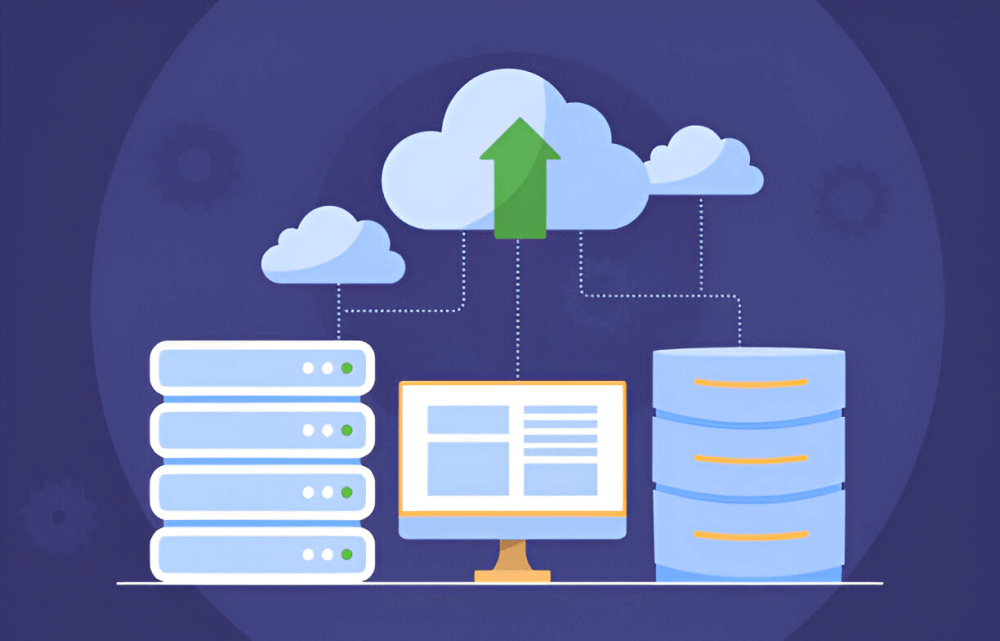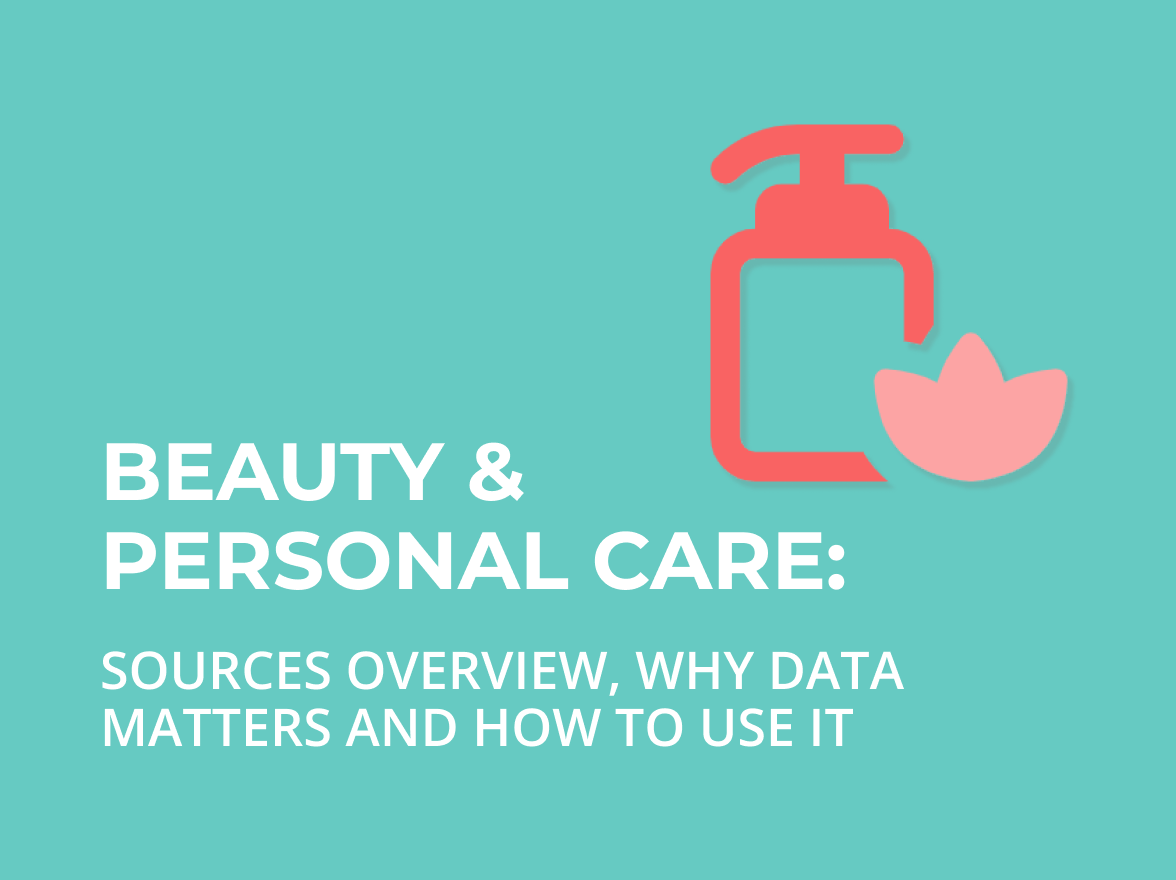Beauty & Personal Care: Sources overview, why data matters, and how to use it
The Beauty & Personal Care market is rapidly evolving — fragmented across private-label drugstores, prestige specialists, and fast-scaling e-commerce platforms.

The financial services industry thrives on information. Investment firms, hedge funds, banks, and asset managers are locked in a constant race to uncover insights faster than their competitors. From tracking stock movements and economic indicators to analyzing consumer sentiment and alternative datasets, the demand for accurate, timely, and structured data has never been higher.
Traditional data sources—such as financial statements, government reports, and stock exchange feeds—are no longer enough on their own. To stay ahead, financial institutions are turning to web crawling tools that automatically extract valuable data from online sources.
With 15+ years of expertise in web scraping, web crawling, and dataset delivery, SSA Group provides financial firms with advanced tools to overcome data collection barriers such as CAPTCHAs, IP blocking, and compliance requirements. This ensures firms get the accurate, complete, and up-to-date datasets needed to power investment strategies and market research.
In this article, we’ll explore how financial firms use web crawling for market research, the types of data they extract, the challenges involved, and best practices for deploying these solutions effectively.
Market research enables financial institutions to:
With markets shifting at digital speed, relying only on quarterly reports or delayed data puts financial firms at a disadvantage. An advanced web crawling system bridges this gap by delivering near real-time insights.
Web crawling refers to the automated discovery and extraction of data from websites. For financial firms, this means gathering structured datasets from multiple online sources, including:
Unlike manual data collection, web crawlers can process vast amounts of information at scale, delivering ready-to-use datasets in structured formats like CSV, JSON, or through APIs.
A growing area of interest is alternative data—non-traditional datasets that provide unique insights into markets. Web crawling is the backbone of alternative data collection. Examples include:
Financial firms that harness alternative data through web crawling gain a competitive edge, enabling them to validate investment theses and generate alpha.
Financial markets react in seconds. Crawling provides real-time or near real-time updates, ensuring firms don’t miss critical developments.
Instead of tracking a handful of sources, firms can monitor hundreds of websites simultaneously, from stock exchanges to blogs.
SSA Group’s Data Quality Checker ensures that crawled datasets are validated, deduplicated, and free from errors—vital for making high-stakes financial decisions.
Automating data collection reduces reliance on expensive manual research and subscription-only feeds.
Crawlers can be tailor-made to target niche datasets relevant to specific investment strategies.
Financial firms face unique challenges when deploying web crawling tools:
SSA Group addresses these with advanced anti-blocking techniques, compliance frameworks, and ongoing support.
Crawling news outlets, earnings reports, and analyst blogs provides traders with early signals on stock movements.
Alternative data—such as consumer sentiment or real estate pricing—helps asset managers diversify and rebalance portfolios.
By monitoring regulatory websites and compliance bulletins, firms stay informed about legal risks.
Crawling crypto exchanges like Binance or Coinbase provides real-time feeds on volumes, price shifts, and liquidity.
Financial institutions crawl job boards, retail sites, and travel portals to analyze economic health indicators.
Banks and fintech companies crawl websites to monitor competitor services, pricing, and new offerings.
When choosing a provider like SSA Group, financial firms should evaluate these features:
Dedicated support & maintenance – ensuring uninterrupted dataset delivery even when websites change structures.
SSA Group offers financial firms flexible dataset solutions:
Each dataset is delivered accurate, complete, timely, and up-to-date, ensuring reliability in decision-making.

The future will see deeper integration of AI, machine learning, and NLP into financial data crawling:
Firms that adopt these technologies today will be better prepared for the data-driven future of finance.
1. What types of data can financial firms crawl?
Financial firms can crawl websites for stock news, crypto trading activity, property listings, job postings, regulatory bulletins, and social media sentiment.
2. Is web crawling legal for financial market research?
Yes, when performed ethically and in compliance with laws such as GDPR and CCPA. SSA Group ensures responsible data practices.
3. How often should financial data be crawled?
It depends on the use case. High-frequency trading may require real-time feeds, while macroeconomic research can be updated daily or weekly.
4. Can small financial firms use web crawling?
Absolutely. Even boutique investment firms can benefit from structured, affordable datasets to compete with larger players.
5. How do crawlers handle blocked sites?
Advanced features like proxy rotation, IP management, and CAPTCHA bypassing ensure uninterrupted crawling.
For financial institutions, information is power—and web crawling provides the competitive edge to access, structure, and analyze that information at scale. From identifying early investment signals to monitoring regulatory risks, web crawlers deliver the timely, accurate, and compliant datasets that modern financial research requires.
SSA Group’s expertise in web scraping, crawling, and custom dataset delivery empowers financial firms to overcome technical barriers, ensure compliance, and act with confidence in fast-moving markets.If your firm is ready to harness the power of structured web data, explore SSA Group’s Datasets and Website Scraping Services today — or Contact Us for a tailor-made solution that aligns with your financial research needs.

The Beauty & Personal Care market is rapidly evolving — fragmented across private-label drugstores, prestige specialists, and fast-scaling e-commerce platforms.

When we talk about ecommerce, most minds immediately picture flashy gadgets, fashion, or home décor. But behind the scenes lies a titan of a category – Industrial & Scientific – quietly powering manufacturing, healthcare, research labs, infrastructure, and even backyard workshops.
you're currently offline